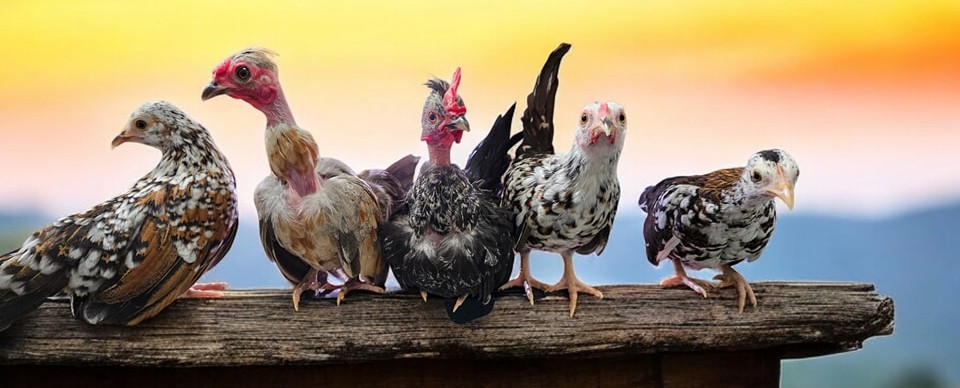
Picture this: you’re scrolling through chicken photos online when you stumble across what looks like a chicken that got shrunk in the wash. Meet the Kikiriki chicken – a pint-sized marvel that weighs only 400-600 grams (in freedom units that’s 0.8 – 1.3 lbs.), making your morning coffee mug heavier than these feathered friends!
These Malaysian miniatures hail from Malaysia, where some clever chicken enthusiasts decided to cross Japanese bantams with Malay chickens. The result? Tiny chickens with personalities bigger than their bodies. We’re talking about birds so small they make regular bantams look like heavyweight champions, yet they strut around with all the confidence of a rooster three times their size.
Here’s what’ll surprise you – despite being pocket-sized, these little ladies still lay eggs! Granted, you’d need about four of their 14-25 gram eggs to equal one regular chicken egg, and they only manage about 5-7 per month. But hey, quality over quantity, right? Plus, their incubation period is also shorter at just 19-20 days instead of the usual 21.
The best part about Kikirikis? They don’t need a mansion to be happy. Each bird only needs 2-3 square feet in the coop – that’s smaller than most dog crates! Give them 8-10 square feet outside for their daily adventures, and they’re content as can be. They’re social butterflies too, forming their own tiny pecking orders and flock dynamics that are honestly adorable to watch.
Fun fact: the breed got its name from Wee Yean Een, who wanted to honor Rama Serama, the King of Thailand. Today, Kikirikis are just one of over 400 bantam breeds out there, but trust me, once you see these little characters in action, you’ll understand why they’ve stolen the hearts of backyard chicken keepers everywhere.
Ready to join the ranks of Kikiriki keepers? These aren’t your typical backyard chickens – they’re more like feathered pets with attitude. Let’s walk through everything you need to know to keep these tiny treasures happy and healthy!
Getting to Know Your Future Feathered Friends
So you’ve fallen for these tiny chickens, but what exactly are you getting yourself into? Let me break down what makes Kikirikis tick – and trust me, after keeping chickens for years, these little ones are something special.
What Makes Kikirikis Different from Your Average Chicken

Think of Kikirikis as the ornamental jewelry of the chicken world. While your typical backyard hen is busy laying eggs for breakfast, these petite ladies are more interested in being admired. They’re basically feathered puppies with attitudes – they’ll come running when called, judge your life choices, and somehow convince you they’re starving despite eating five minutes ago.
What catches your eye first is their compact build – short legs supporting, but barely, an upright stance that screams confidence. They strut around in color combinations that would make a peacock jealous – it’s like having Paris Fashion Week in your backyard, except with more poop. Despite their size, they’ve got energy levels that put my morning coffee routine to shame.
The Great Kikiriki Origin Mystery
Here’s where things get interesting – nobody can quite agree on where these birds actually came from. The most reliable sources point to Malaysia, where breeders crossed Japanese bantams with Malay stock. Wee Yean Een gets credit for naming the breed after Rama Serama, the Thai king.
But wait, there’s more! Some folks insist they originated in Puerto Rico through crossing Old English Game Bantams with Japanese Bantams. Between 2004-2008, Serama genetics apparently entered the Puerto Rican gene pool, giving these birds their distinctive upright posture. Honestly? The mystery just adds to their charm.
Kikiriki vs. Serama: Settling the Confusion
“Aren’t these just small Seramas?” I get this question a lot, and the answer is no – though I understand the confusion. Kikirikis are generally even smaller than Seramas and don’t follow the strict breeding standards that Serama enthusiasts live by. The term “Kikiriki” sometimes gets tossed around to describe bantams in general in Spanish-speaking areas, which muddies the waters.
Here’s the key difference: while Seramas have rigid posture requirements, Kikirikis can sport all sorts of features – naked necks, no tail feathers, beards, or fancy topknots – and still be considered true to type. What they all share? That pigeon-sized body and those characteristically short legs that make them waddle like tiny, feathered penguins.
What Makes These Tiny Chickens Tick
Watch a group of Kikirikis for five minutes, and you’ll understand why chicken keepers get hooked on these miniature marvels. Their social dynamics are like watching a soap opera play out in feather form – complete with drama, alliances, and the occasional diva moment.
The Kikiriki Social Scene

These little birds take their flock relationships seriously. Within hours of meeting, they’ll establish a pecking order that’s more organized than most office hierarchies. What’s fascinating is how they maintain these social structures – frequent interactions, gentle nudges, and the occasional “excuse me, I was here first” conversation that somehow never escalates to full-blown chicken warfare.
Here’s what I love about Kikirikis: they’re naturally curious without being obnoxious about it. While my larger hens might bulldoze through a new situation, Kikirikis approach with what I can only describe as polite interest. They’ll investigate new additions to their space, sample unfamiliar treats, and generally mind their own business while still being sociable.
The roosters deserve special mention. Despite weighing less than a can of soda, these guys take their protective duties seriously. Don’t expect the aggressive posturing you might see from larger breeds – Kikiriki roosters are more like diplomatic bodyguards, alert but not looking for trouble.
Size, Style, and Strutting Rights
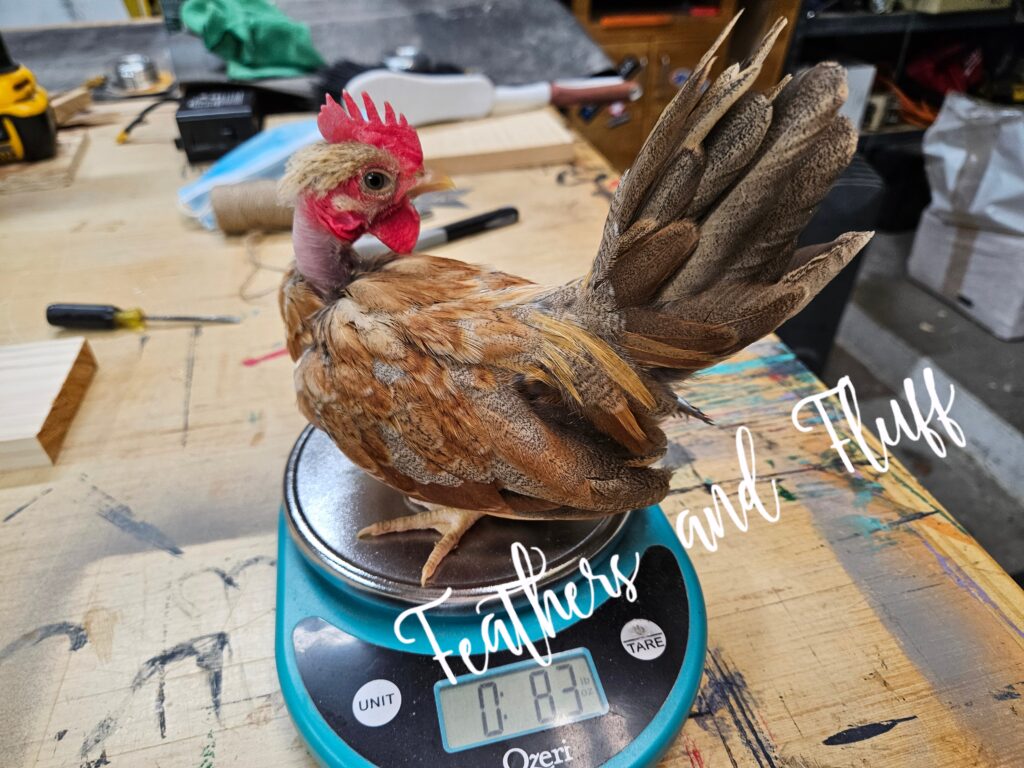
When it comes to looks, Kikirikis pack serious personality into their compact frames. Males typically weigh between 280-430 grams, while females range from 170-340 grams – we’re talking about chickens that could literally fit in your pocket.
Their build is all about efficiency:
- Compact, muscular bodies that look like they’re ready for action
- Wings that seem almost too big for their frames, giving them impressive flight capabilities
- Tails that point skyward with the confidence of birds twice their size
- Legs that are short but sturdy, perfect for their ground-level adventures
The rooster strut is pure entertainment. These boys walk like they’re on a runway, showcasing every feather with deliberate, theatrical flair. It’s impossible to watch without smiling.
Colors, Patterns, and Feather Maintenance
It’s like nature hit the ‘randomize’ button on character creation – you get pristine whites, brooding blacks, blues that shouldn’t exist on chickens, brunettes with attitude, chocolates that look good enough to eat, and black-and-white combos straight out of a fancy dress party.
Some Kikirikis sport unique features that make them even more distinctive: naked necks, rumpless forms, crested heads, or extra-short legs. These aren’t defects – they’re conversation starters.
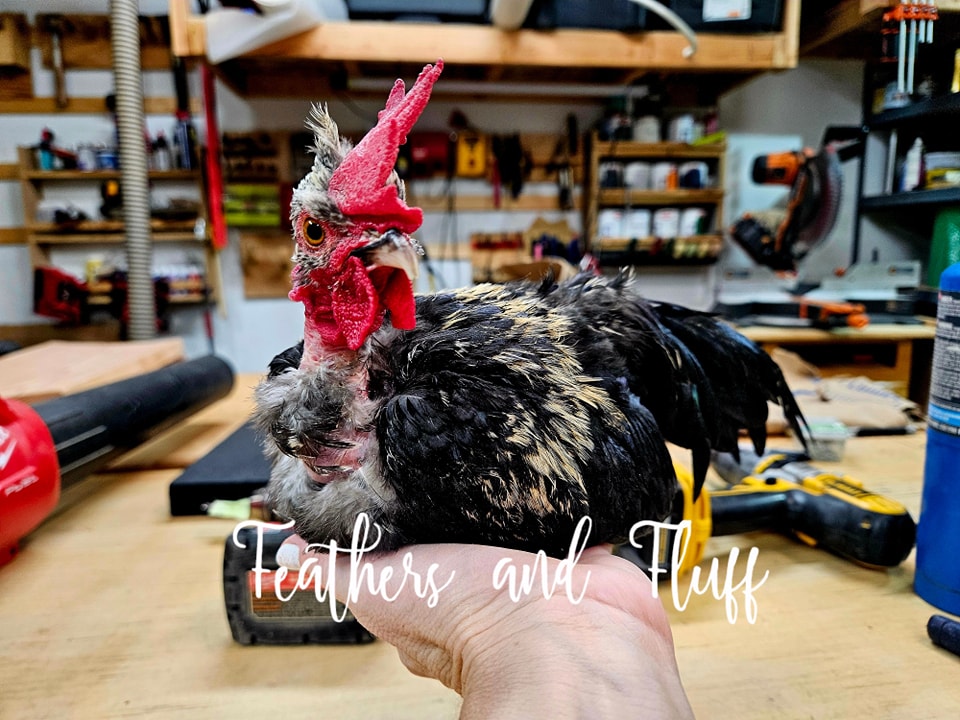
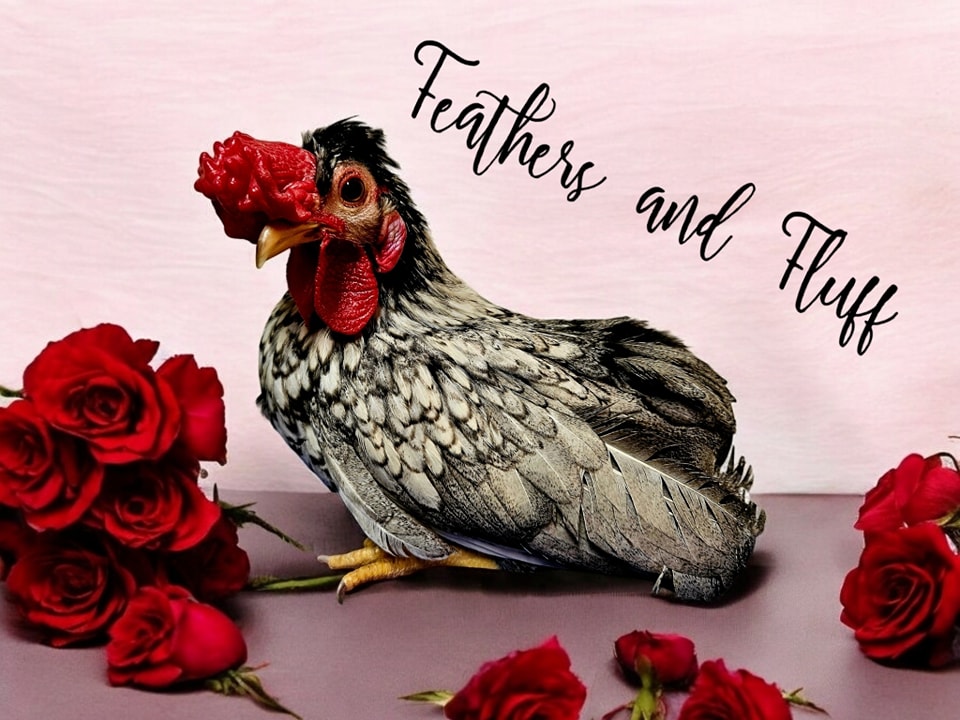
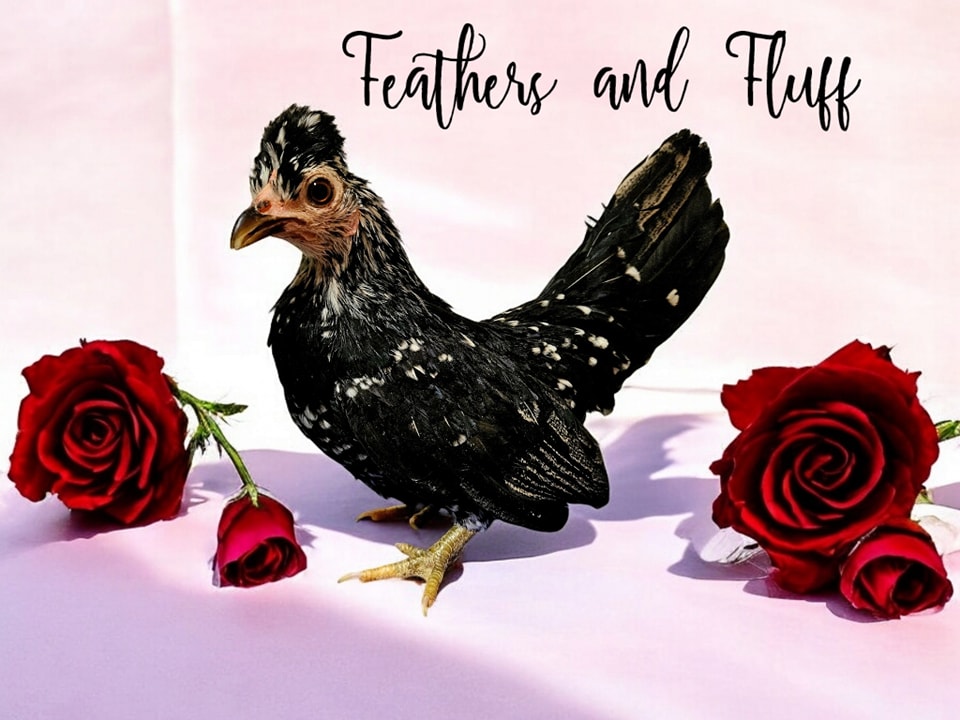
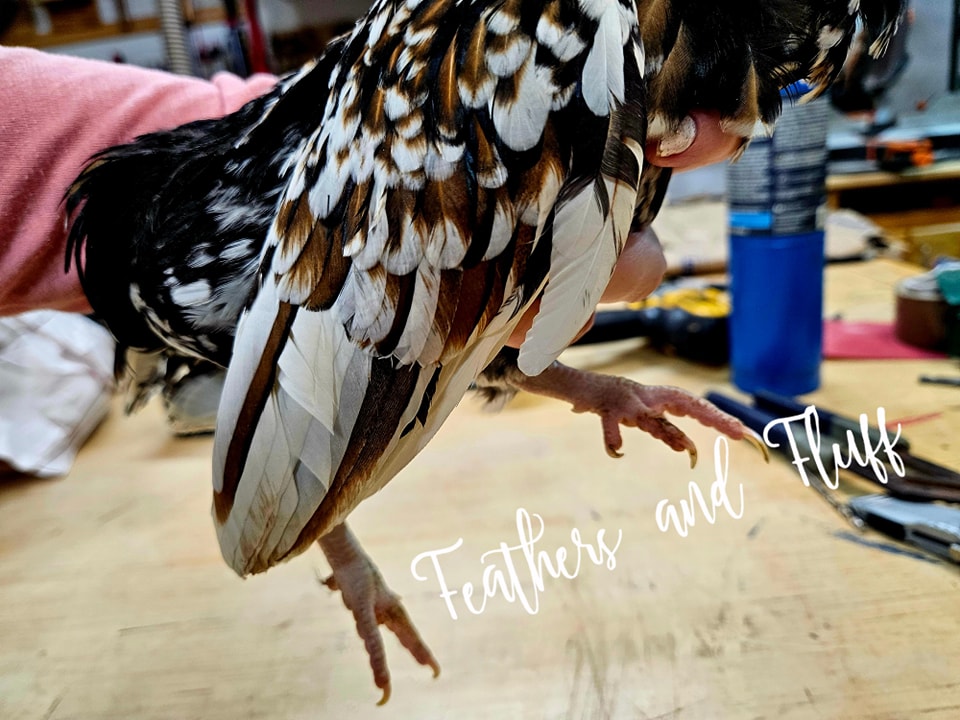
Their ornamental feathers need regular attention, especially on roosters with those trailing decorative plumes. A gentle cleaning routine prevents dust buildup and matting, while regular inspections catch any wear or damage before it becomes a problem. During rough weather, these fancy feathers appreciate a little extra shelter – think of it as protecting their Sunday best.
The key is understanding that while Kikirikis are small, their personalities are anything but. Each bird develops distinct quirks and preferences that make flock management both challenging and endlessly entertaining.
Keeping Your Tiny Flock Happy and Healthy
Now that you’re smitten with these pocket-sized chickens, let’s talk about the nuts and bolts of keeping them thriving. The good news? Caring for Kikirikis isn’t rocket science, but these little guys do have some specific needs that differ from their full-sized cousins.
Housing Your Mini Flock
Here’s where Kikirikis really shine – they don’t need a chicken mansion! Each bird only needs 2-3 square feet of space in the coop, which means you could house a small flock in the space most people dedicate to one regular chicken. For their outdoor run, aim for 8-10 square feet per bird so they can scratch, peck, and do their little chicken things without getting on each other’s nerves.
Don’t let their small size fool you into thinking they can handle overcrowding. Cramped quarters lead to stressed birds, and stressed Kikirikis can turn into tiny feathered bullies. Trust me, you don’t want to deal with chicken drama in miniature!
Your coop setup should focus on these essentials:
- Ventilation is key – these little lungs need fresh air to stay healthy
- Insulation matters – Kikirikis start struggling when temps drop below 40 degrees Fahrenheit
- One nesting box per 3-4 hens – they like their privacy for egg-laying
- Weekly cleaning schedule – keeps diseases and parasites at bay
- Secure fencing – predators see these tiny birds as easy targets
Feeding These Feathered Appetites
Kikirikis may be small, but they’ve got hearty appetites for their size. Each bird will polish off about 120-150 grams of high-quality layer feed daily – that’s roughly 5 ounces for those of us still thinking in freedom units. Look for feed with around 18% protein and 4% calcium to keep those tiny eggs coming.
The feeding game gets interesting with supplements. Calcium keeps their eggshells strong, while grit helps them digest their food properly. Treats are always a hit – think fruits, vegetables, and the occasional mealworm. Just remember the golden rule: treats should be the dessert, not the main course.
Water is non-negotiable. Keep it fresh, keep it clean, and keep it available 24/7. These little guys drink like they’re training for a marathon – because technically, they are. With hearts beating 300 times per minute and internal temps that would send us to the ER, they’re basically tiny furnaces with feathers. During hot weather, they can dehydrate faster than my teenagers’ attention span.
Health Watch: Prevention is Your Best Friend
Like any chicken, Kikirikis can face health challenges, but a little prevention goes a long way. Here’s your game plan:
Your Weekly Health Routine:
- Quick visual checks during daily interactions
- Keep living areas clean and dry
- Set up dust bathing spots with diatomaceous earth
- Stick to biosecurity basics (dedicated chicken shoes, anyone?)
- Monitor their nutrition to prevent deficiencies
Common Issues to Watch For: Respiratory problems, external parasites, and bacterial infections top the list. The good news? Diatomaceous earth handles most external parasite issues naturally, and a solid vaccination schedule prevents many common diseases.
When in doubt, call your vet. These tiny birds can go downhill quickly, so don’t hesitate to get professional help when something seems off. Better safe than sorry when dealing with chickens that could fit in your pocket!
Breeding and Raising Chicks
So you’ve fallen head over heels for these pocket-sized chickens and want to try your hand at breeding? Welcome to what I like to call “extreme miniature chicken parenting” – where everything is adorable, challenging, and surprisingly rewarding all at once.
Kikiriki Chicken Eggs and Laying Habits

Remember those 5 to 7 eggs monthly? At 14 to 25 grams each, these aren’t eggs – they’re nature’s practical joke on hungry farmers. It takes three Kikiriki eggs to equal one grocery store egg, which means your dreams of a hearty omelet just became a 12-bird operation. I learned this the hard way when I cracked six into a pan and still had room for bacon.
These little gems range from beige to white colors, and let me tell you, finding them in the nesting box is like an Easter egg hunt every single day. The key is collecting them once or twice daily – trust me, you don’t want to deal with cracked Kikiriki eggs (it’s heartbreaking on multiple levels). Store them in a cool, dark spot away from sunlight to keep them fresh.
Want to make your partner’s eyes light up? Breeding pairs command upwards of $200 in some markets – that’s more profit than his crypto portfolio last year. Suddenly those ‘ridiculous tiny chickens’ become ‘diversified livestock investments.’ You’re welcome.
Incubation and Hatching Process
Here’s where things get interesting – Kikiriki eggs require approximately 19 days of incubation instead of the standard 21 days.
I’ve learned the hard way that consistency is everything. Keep your incubator at 37.5°C with humidity between 40-50%. Sounds simple enough, right? Well, here’s what the textbooks don’t tell you:
- Let shipped eggs rest point-side down for 12-24 hours before incubation (they need to recover from their journey)
- Turn those eggs regularly – embryos can stick if you don’t
- Candle around day 10 to check development (it’s like ultrasound for chickens!)
Now for the reality check: be prepared for lower hatch rates than standard breeds. Some breeders report success rates around 20%, which means patience isn’t just a virtue – it’s a requirement. I’ve gone through entire incubation cycles with just one or two successful hatches, and it’s taught me that each Kikiriki chick truly is precious.
Brooder Setup and Chick Care
Once these pinky-sized miracles hatch, they need what I call the “five-star chick hotel” treatment:
- Shelf liner flooring (prevents splayed legs – learned this one the hard way)
- Heat source at 95°F for week one, then drop it by 5°F each week
- Pine shavings for bedding (never cedar – the oils can harm them)
The development timeline is fascinating to watch. Week one brings regular eating, drinking, and those first adorable fluff developments. By week four, you’ll see real feathers emerging as these tiny athletes become surprisingly active. Week eight marks graduation day – they’re fully feathered and ready for outdoor adventures.
What amazes me most? Despite being smaller than some songbirds, these chicks show incredible resilience. They just need someone who understands that miniature doesn’t mean fragile – it means specialized care with a lot of heart.
Your Kikiriki Adventure Starts Now
And that’s pretty much everything you need to know about raising these little guys. Take it from someone who started with two and now has twenty…ish – they grow on you. Kikiriki chickens really are something special – weighing merely 400-600 grams, they pack more personality per ounce than any other breed I’ve encountered.
What makes them perfect for so many chicken keepers is exactly what we’ve covered: they don’t need much space (perfect for urban backyards), they’re gentle enough for kids to handle, and honestly, watching their tiny social dramas unfold is better entertainment than most TV shows. I’ve spent countless mornings with my coffee, just observing my Kikirikis establish their pecking order – it’s like a soap opera with better costumes.
The learning curve isn’t steep, but it does exist. These little ones need attentive care, especially when it comes to temperature control and that tricky 19-20 day incubation period. But here’s what I’ve learned from my own flock – the effort you put in comes back tenfold in pure joy and fascination.
Before you take the plunge, make sure you’ve got your housing sorted, quality feed lined up, and a basic understanding of their health needs. Trust me, preparation saves you from those 2 AM “Is my chicken supposed to do that?” Google searches.
Whether you’re drawn to their space-saving size, their gentle nature, or just need to convince your significant other that this is an investment, Kikirikis will bring something special to your backyard flock.
Welcome to the wonderful world of miniature chicken keeping – may your birds be healthy and your egg collection adorably tiny!
FAQs
Q1. How big are Kikiriki chickens? Kikiriki chickens are one of the smallest chicken breeds in the world, typically weighing between 400-600 grams. Males usually weigh 280-430 grams, while females range from 170-340 grams.
Q2. How many eggs do Kikiriki chickens lay? Kikiriki hens typically lay about 5-7 eggs per month. These eggs are smaller than standard chicken eggs, weighing between 14-25 grams each.
Q3. What are the space requirements for Kikiriki chickens? Each Kikiriki chicken needs about 2-3 square feet of space in the coop and ideally 8-10 square feet outdoors for foraging. Despite their small size, adequate space is crucial to prevent stress and unwanted behaviors.
Q4. Are Kikiriki chickens good for beginners? Yes, Kikiriki chickens can be excellent for beginners. They have a gentle and amiable demeanor, tolerate handling well, and don’t require much space. However, they do need attentive care, especially in terms of temperature control and specialized feeding.
Q5. How long does it take for Kikiriki chicken eggs to hatch? Kikiriki chicken eggs have a shorter incubation period compared to standard chicken eggs. They typically require about 19-20 days of incubation, as opposed to the usual 21 days for larger breeds.
Check out our Facebook page https://www.facebook.com/melissa.feathers.and.fluff for quality
